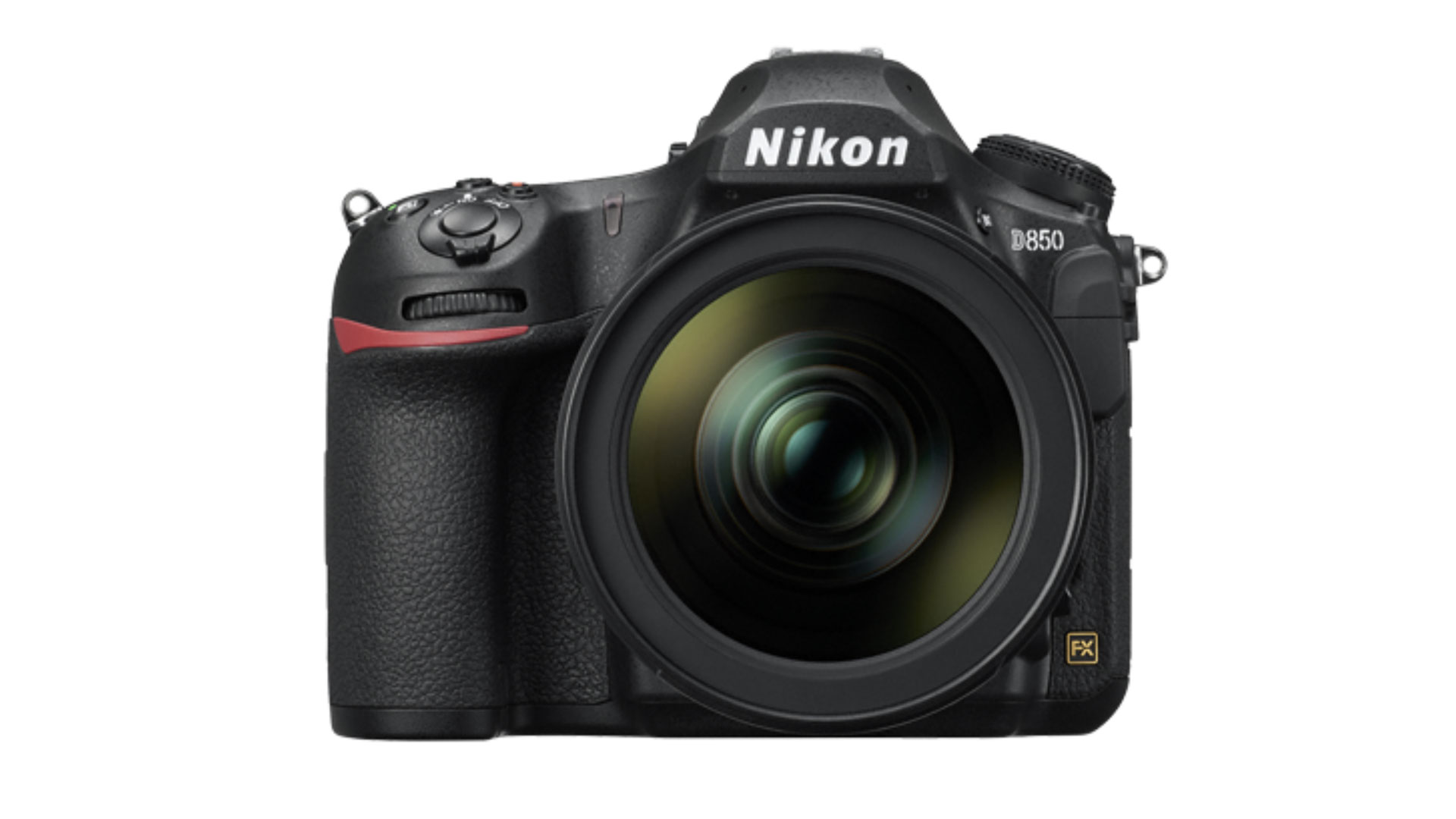New tau Herculid meteor shower drops bright fireballs, but no 'meteor storm,' for stargazers (photos)
It was no shooting star storm, but the event still produced some brilliant imagery.

If you're looking for a good camera for meteor showers and astrophotography, our top pick is the Nikon D850. Check out our best cameras for astrophotography for more and prepare for the tau Herculids with our guide on how to photograph a meteor shower.
Bright "shooting stars" from a new meteor shower lit up the night sky in a dazzling display overnight Monday and Tuesday, even if it wasn't a "meteor storm" some stargazers hoped for.
The new meteor shower peaked around midnight Tuesday (May 31) as remnants from the shattered Comet 73P/Schwassmann-Wachmann 3 (also known as SW 3) burned up harmlessly high in Earth's atmosphere as a part of scientists now wall the tau Herculids meteor shower.
While the shooting star fiesta never hit "meteor storm" conditions (with up to 1,000 meteors an hour), it did produce enough luminous meteors to catch attention around the world. (NASA had warned the storm would only happen if debris was moving faster than 220 mph or 321 km/h, and its meteor expert Bill Cooke cautioned it was an "all or nothing event."
Related: The greatest meteor storms of all time
"It was not the expected storm, but the Earth clearly crossed a cloud of dust from the comet," the French Network of Amateur Observers of Meteors (BOAM) wrote on Twitter along with a timelapse image of shooting stars. (The translation from French was performed by Space.com.)
Related: Meteor shower guide 2022: Dates and viewing advice
Regain d'activité #meteore #TauHerculids hier soir. Ce n'est pas la tempête prévue mais la 🌍 à bien traversée un nuage de poussières de la comète 73P/Schwassmann-Wachmann.Image : 36 #meteor, 30-31/05/2022, camera CAMS3900 de @astronomie54 #Nancy #France pic.twitter.com/zs2TQ4zpaHMay 31, 2022
NASA engineer Tim Reyes, who is based in Silicon Valley, was out for several hours observing tau Herculids. Posting his observations and an image on his personal Twitter account, he said, "No storm level, above average shower [and] short duration, about three hours."
Breaking space news, the latest updates on rocket launches, skywatching events and more!
The peak was also half an hour later than its forecast, Reyes said, happening at 10:30 p.m. PDT (1:30 a.m. EDT or 0550 GMT).
#TauHerculids 2022.My observations: No Storm levelAbove average showerShort duration, about 3 hoursPeak was at 10:30 pm PDT not 945 or 10p. pic.twitter.com/XVome9qnx0May 31, 2022
Numerous other observers caught the storm around the United States, along with images and in some cases, other celestial objects such as the Milky Way. Observations were helped along by a new moon, and in the Americas, the radiant out of the Hercules constellation was high in the sky and away from thicker atmospheric conditions near the horizon.
If you missed the show, consult our upcoming meteor showers of 2022 to figure out when next to look up. August is usually a great time, as this year the bright Perseids peak around Aug. 11 to 12.
If you're hoping to photograph any meteor shower, or want to prepare your gear for the next skywatching event, check out our best cameras for astrophotography and best lenses for astrophotography. Read our guide on how to photograph meteors and meteor showers for more helpful tips to plan out your photo session.
Related: Meteor shower guide 2022: Dates and viewing advice
No meteor storm, but certainly a few #TauHerculids tonight, and an excuse to shoot the Milky Way. @DamAstronomy @Chesapecten @Astroguyz @BadAstronomer @JeffEdmondsonWX pic.twitter.com/htfHAZdzR4May 31, 2022
Bright, slow moving Tau Herculid meteor over northern Los Angeles.#TauHerculids pic.twitter.com/XGIrigQKx8May 31, 2022
#TauHerculids saw around 25 tonight from 1030 til MN CT ..excited I captured a few pic.twitter.com/4OchreEQG4May 31, 2022
#TauHerculids over Middleville, Michigan just after midnight.#wmiwx #miwx #StormHour #Astrophotography #Meteors pic.twitter.com/P6nyWA5FCrMay 31, 2022
From rural Central Texas, I could see quite a few short-burst but bright little fireballs. I managed to capture one zooming past Ursa Major (the "Big Dipper:) with a 12mm lens and Nikon D750 @ ISO8000 (!). #TauHerculids #meteor #astronomy pic.twitter.com/d58sKUji8MMay 31, 2022
Streaking through the night sky, fragments of comet 73P/Schwassmann-Wachmann 3 enter Earth's atmosphere at breakneck speeds and put on a brilliant display for the #TauHerculids meteor shower. pic.twitter.com/5ffsY5onBPMay 31, 2022
One large sporadic (perhaps #TauHerculids ) meteor last night at 10:21pm, Colorado looking SSW.I got a few more faint meteors and satellites before the heavy clouds moved in. pic.twitter.com/QzYsx3z2cdMay 31, 2022
Caught this beauty streaming over Mt Lukens from La Crescenta (9 mi north of downtown #LosAngeles)!@zwoasi asi224mc + 2.1mm fisheye lens#Meteorshower #MeteorStorm #meteor #TauHerculids pic.twitter.com/5NdZgzANqTMay 31, 2022
Editor's Note: If you snap an amazing photo of the tau Herculids meteor shower and would like to share it with Space.com's readers, send your photo(s), comments, and your name and location to spacephotos@space.com.
Follow Elizabeth Howell on Twitter @howellspace. Follow us on Twitter @Spacedotcom or Facebook.

Elizabeth Howell (she/her), Ph.D., was a staff writer in the spaceflight channel between 2022 and 2024 specializing in Canadian space news. She was contributing writer for Space.com for 10 years from 2012 to 2024. Elizabeth's reporting includes multiple exclusives with the White House, leading world coverage about a lost-and-found space tomato on the International Space Station, witnessing five human spaceflight launches on two continents, flying parabolic, working inside a spacesuit, and participating in a simulated Mars mission. Her latest book, "Why Am I Taller?" (ECW Press, 2022) is co-written with astronaut Dave Williams.


